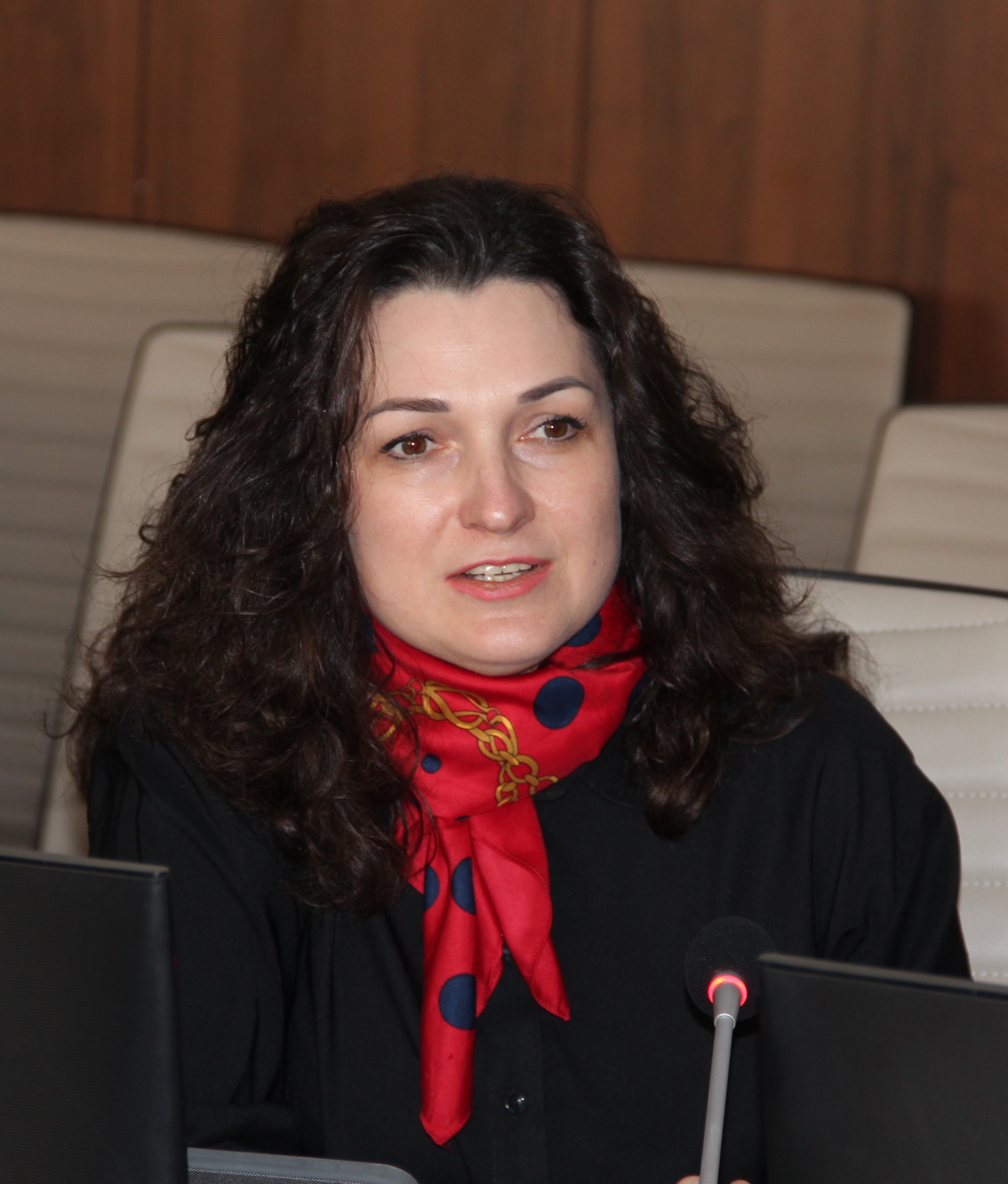The EAEU bodies are expected to form a high-quality economic space
The EAEU, as an international state structure, must eliminate all remaining internal barriers and form a truly functioning common economic space. This and more was discussed in an interview with Business Eurasia by the former Minister of Economy of the Kyrgyz Republic, entrepreneur Veronika Isaeva. During the study of the EAEU's performance over an 11-year period and the signing of the Treaty "On the Eurasian Economic Union", the editorial board asked the economist some questions about the leading integration association in Eurasia.
— Hello, Veronika Vladimirovna! On this day, May 29, 2014, Kyrgyzstan and its partners: Armenia, Belarus, Kazakhstan, and Russia, signed the most important strategic document for the development of Eurasian economic integration - the Treaty "On the EAEU". Over the past period of time, we have seen many events – the accession of observer countries and trade partners to the union, the all-union trade turnover has grown to 100 billion dollars. The EAEU has become a support for other integration associations – the SCO, BRICS, CIS, and the participating countries have received a special status in world politics and economics. Nevertheless, development tasks and issues remain. What, in your opinion, is the most urgent task facing the heads of the EAEU member states now?
— Hello! In my opinion, the most urgent task is to eliminate the remaining internal barriers and form a truly functioning common economic space. This is especially important for countries like Kyrgyzstan, whose economy is heavily dependent on foreign trade and labor migration. We must ensure equal access to markets, simplify customs and technical procedures so that small and medium businesses in each country feel the benefits of integration. Without a practical effect, the Union loses its meaning in the eyes of citizens.
— What should the business community of the EAEU member states do?
— Business should take a proactive position. For example, the Kyrgyz private sector is already implementing cross-border projects in agriculture, food industry and energy. We see interest in creating joint ventures, developing logistics and digital platforms. But for sustainable success, businesses need to go beyond national borders, join forces, invest in competencies, and jointly enter foreign markets - from the Middle East to Southeast Asia. The involvement of regional entrepreneurs, not only capital players, is especially important.
— There is an opinion among ordinary citizens that the participating countries are successful in themselves, and not due to the actions and active position of the business environment in the EAEU. Why do you think this impression has arisen?
— This opinion is also often heard in Kyrgyzstan. The main reason is the lack of public information about the real successes of integration. If Kyrgyz businesses successfully export through the EAEU mechanisms, only a few know about it. If a farmer from the Chui region supplies products to Russia through certified channels - who talks about it? We must strengthen communications, form the media image of the Union not as a structure "from above", but as a space of real opportunities for ordinary people.
— What leading project can the EAEU countries offer to potential partners to attract greater cooperation?
— Kyrgyzstan is already offering platform solutions - for example, export clusters in the agro-industrial complex, projects in the field of renewable energy, development of transport hubs within the China-Central Asia-Russia corridor. But within the entire EAEU, there is potential for a larger-scale proposal: the creation of a Eurasian agro-energy cluster, to which Kyrgyzstan could contribute through water and solar resources, organic agriculture, processing and high-mountain tourism. This would be an honest partnership, where each country is a carrier of a unique resource.
— You have significant experience in the industrial sector of the economy. What place does industrial production occupy in the EAEU? How do you assess its potential and reality?
— The EAEU industry is a sleeping giant. In Kyrgyzstan, it occupies a strategic place in the economy, especially in the mining industry, production of construction materials and the development of small hydropower. We have unique reserves of natural resources, prospects in organic agriculture, and this can become the basis for cooperation.
In addition, Kyrgyzstan has significant potential in mechanical engineering and machine tool manufacturing. Historically, during the Soviet period, the republic occupied an important place in these industries. Thus, the Bishkek Machine-Building Plant (formerly the Lenin Plant), evacuated from Lugansk in 1941, became one of the largest enterprises in the region. It produced a wide range of products: from metal-cutting machines and presses to lathe chucks and chains for agricultural machinery. The plant had a developed infrastructure, including forging and foundry, electrical engineering and machine tool production.
Today, despite certain difficulties, the plant retains part of its production capacity and can be integrated into modern production chains of the EAEU. This opens up opportunities for cooperation in the field of mechanical engineering, especially in segments requiring high precision and reliability.
We need to move away from raw materials thinking and build production chains with deep processing, as well as implement sustainability and digitalization standards. The potential is great, but clear joint actions and political support are needed at the level of all participating countries.
Own information
Business Eurasia
